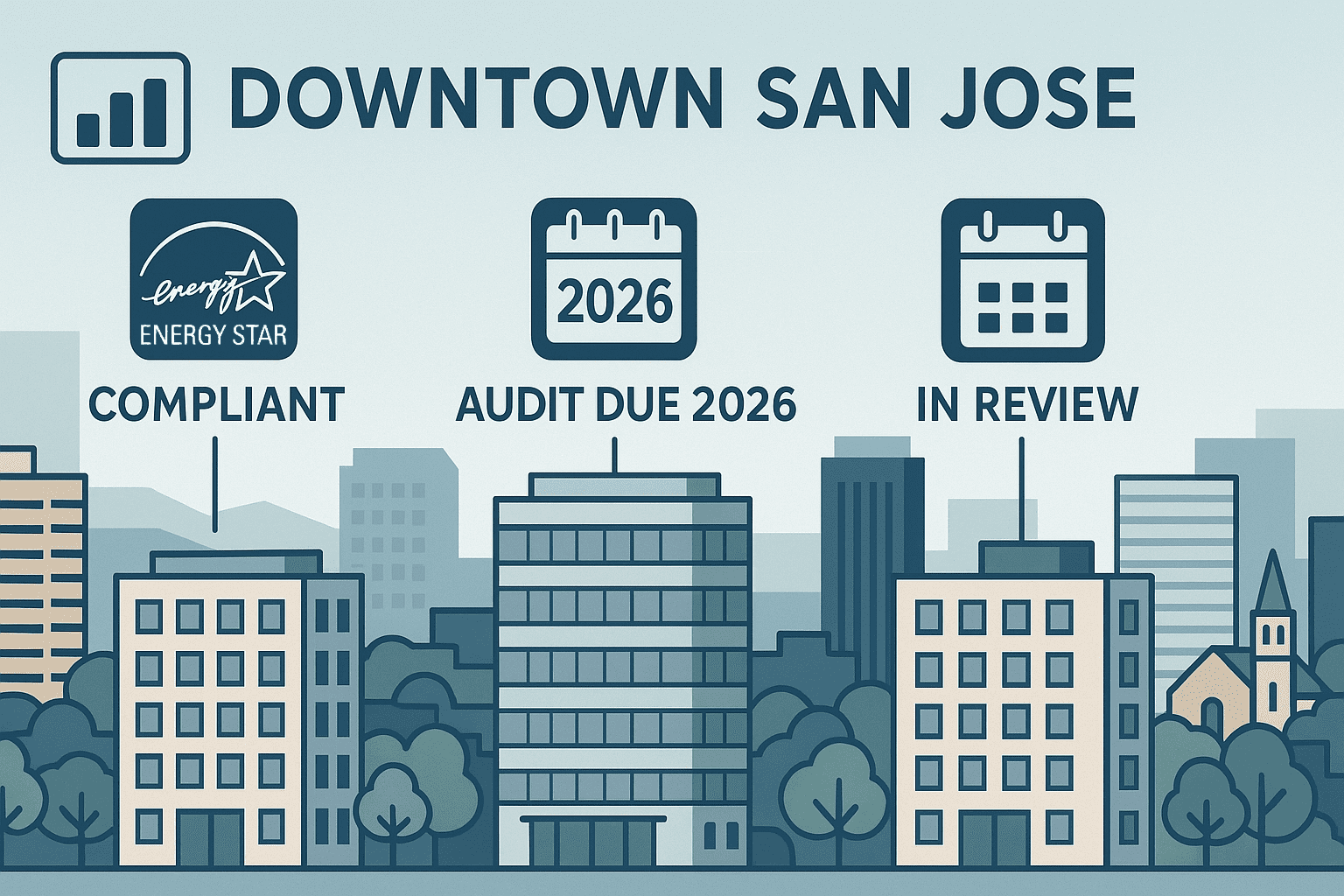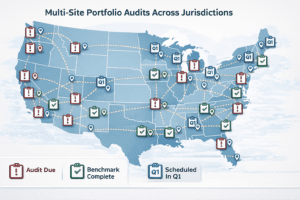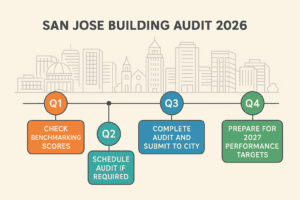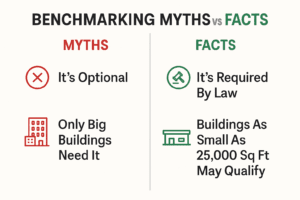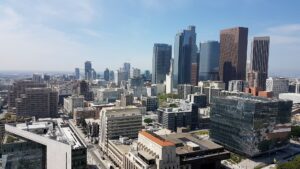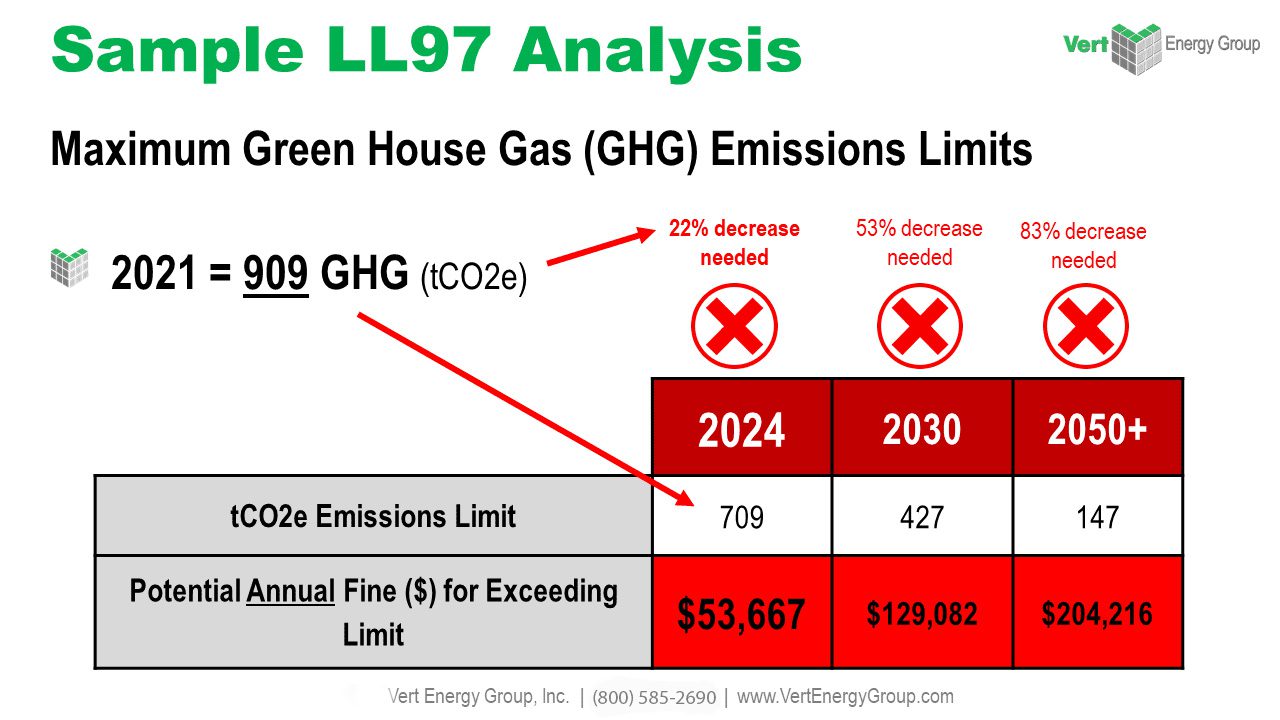San Jose Beyond Benchmarking: Preparing For Deeper 2026 Audit Requirements
A much deeper compliance requirement is coming for San Jose, and 2026 is closer than it seems. In this article, we’ll walk through exactly what San Jose buildings must prepare for, why the next phase matters, and how you can take smart action now to avoid costly penalties and rushed upgrades later.
Benchmarking Was Step One
Benchmarking tells you how your building is performing, but not how to fix it.
In 2021, San Jose introduced its Building Performance Ordinance (BPO), which mandates annual benchmarking for commercial and multifamily buildings over 20,000 square feet. If you’ve been filing those reports, you’re technically in compliance.
But by 2026, San Jose buildings must take the next step: energy audits, tune-ups, and deeper performance disclosures will become mandatory.
Why? Because benchmarking alone doesn’t reduce energy use, it reveals it.
What Will The 2026 Energy Audit Require?
The new audit phase is designed to identify real building inefficiencies.
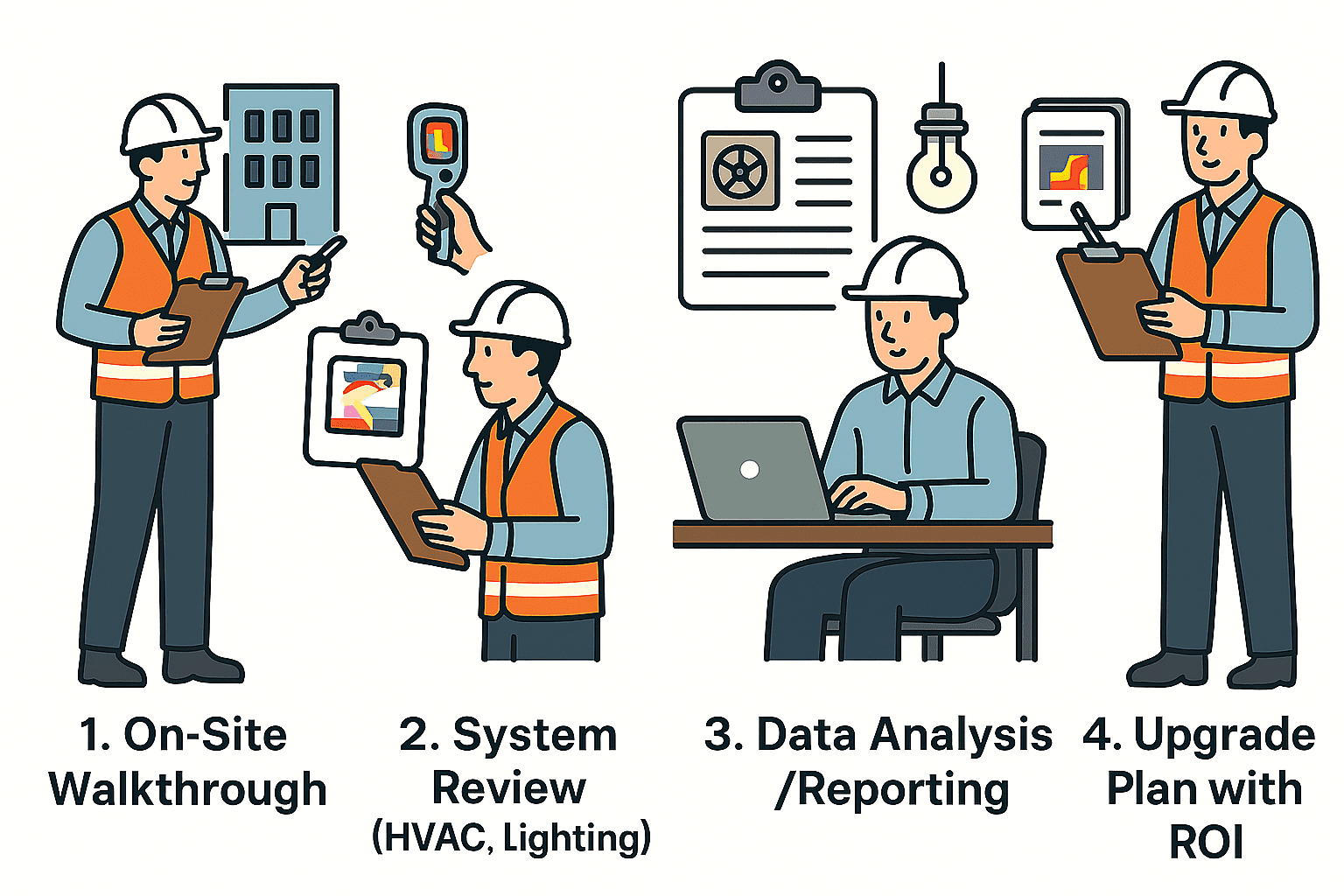
San Jose’s 2026 compliance phase requires covered buildings to complete an ASHRAE Level II-equivalent audit. This includes:
- A detailed on-site review of all energy systems
- Evaluation of HVAC, lighting, water heating, and envelope insulation
- Identification of no- and low-cost operational improvements
- Estimated ROI and payback periods for energy efficiency upgrades
Unlike benchmarking, which uses utility bills and public data, audits go deep, often requiring walkthroughs, equipment logs, and engineering calculations.
Who Needs To Comply In 2026?
Not every building qualifies yet, but many will by 2026.
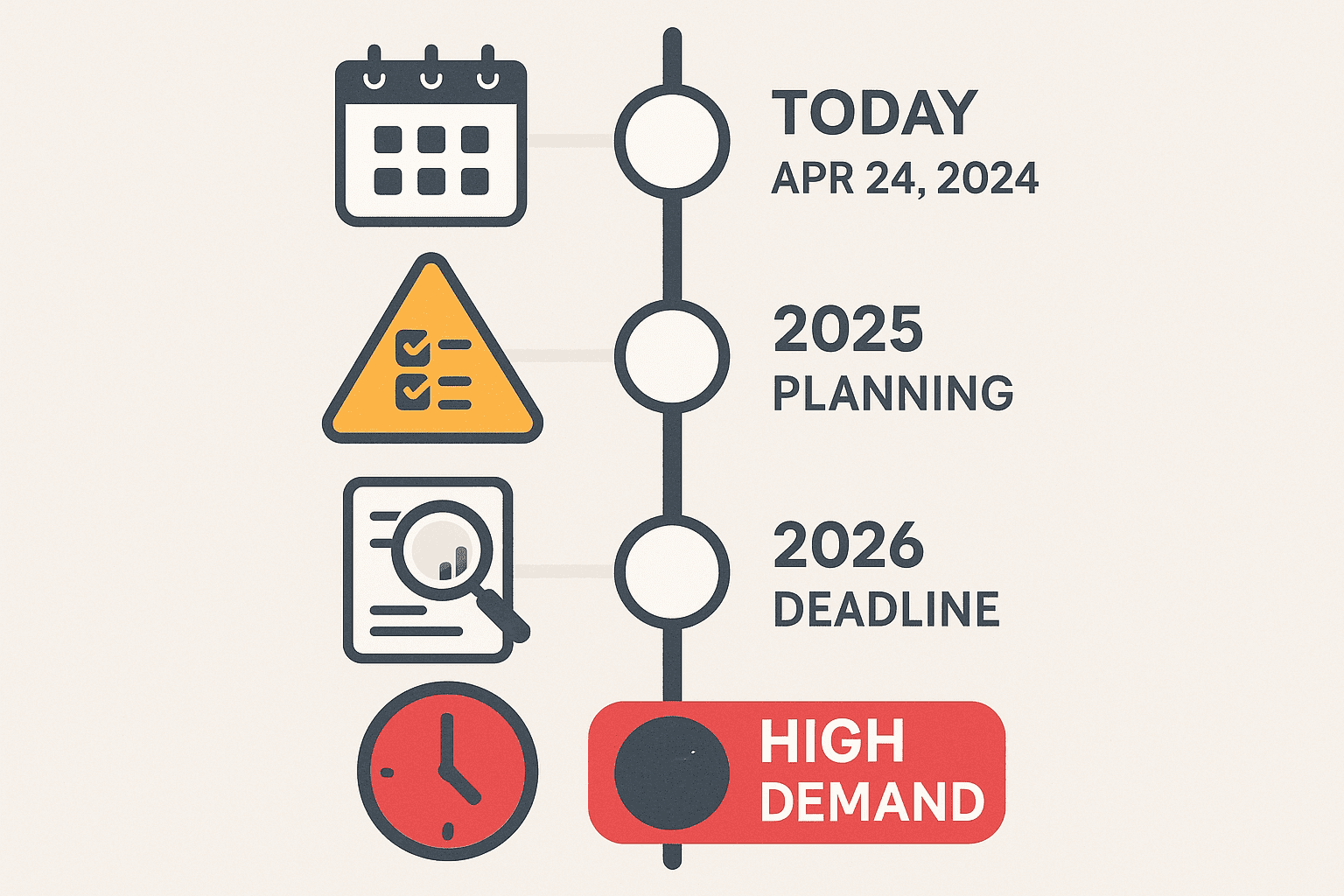
If you own or operate a building in San Jose that:
- Is 20,000 square feet or larger, and
- Has been benchmarking for at least two years, and
- Does not meet ENERGY STAR score or emissions targets
…then you’re likely subject to the upcoming audit and performance requirements.
Even buildings not directly flagged today should prepare, future thresholds may expand.
Why Waiting Until 2026 Is Too Late
Most owners wait until deadlines are near, but that’s risky.
Building audits take time. You’ll need to:
- Find a qualified auditor
- Schedule your on-site walkthrough
- Compile equipment documentation and utility data
- Interpret findings and decide how to act on them
That’s a 90–120 day process at minimum, and that’s assuming no delays. Now add regional demand: every building in San Jose will be scrambling for audit support in the same year.
Audit-Ready Buildings: What You Need To Have In Place
You don’t need to wait to get audit-ready. Here’s how to prepare now.
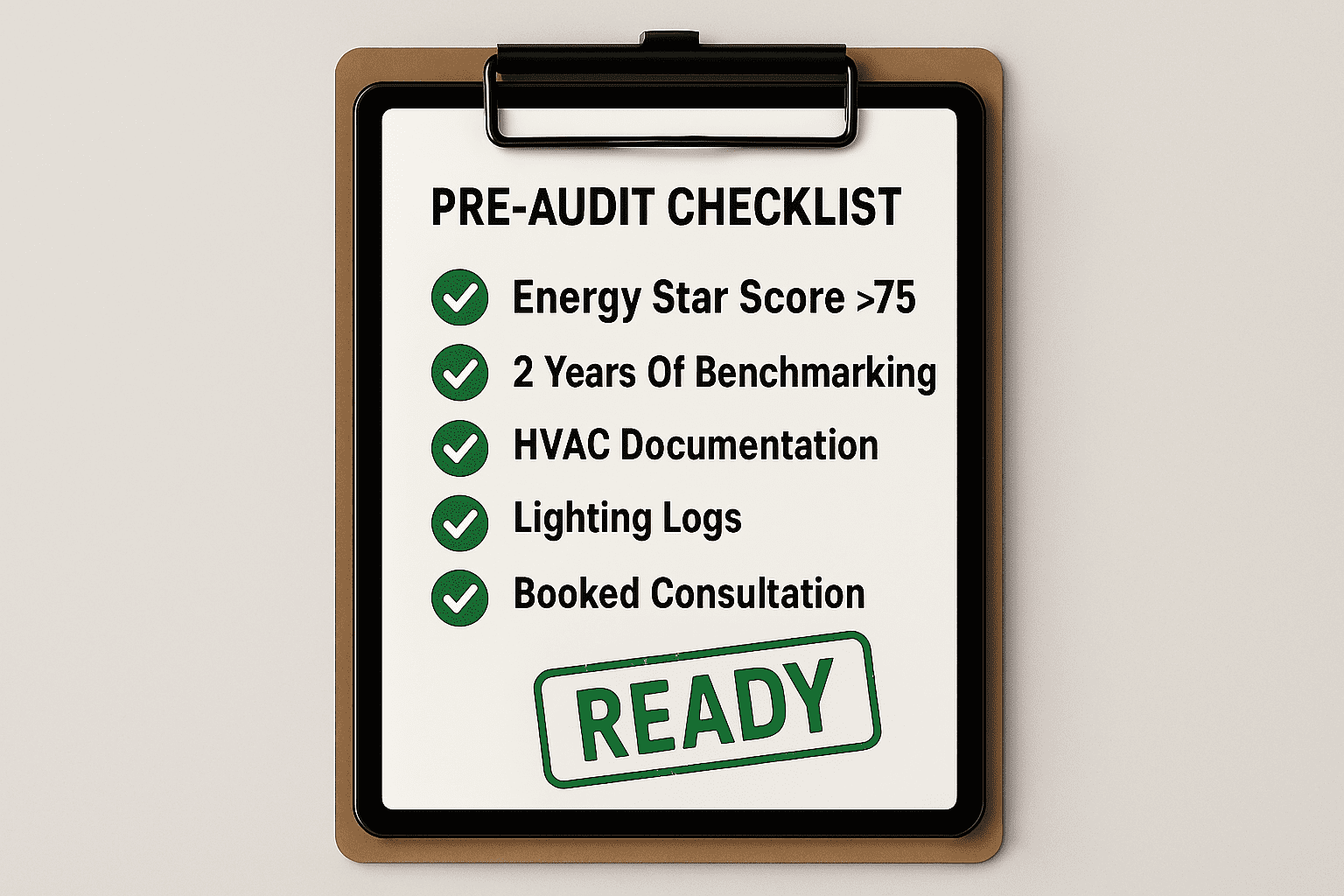
Start by making sure your existing data is accurate and up to date. Then:
- Confirm your ENERGY STAR scores: Are you at or above 75?
- Check your last 2 years of benchmarking reports: Any red flags?
- Get your HVAC, lighting, and controls documentation in one place
- Book a pre-audit consultation to identify gaps early
These steps help you avoid “surprises” when the audit window opens, and help you use benchmarking strategically, not just for compliance.
Pre-audit planning = lower costs, better outcomes.
Case Example: A Local Office That Got Ahead
One San Jose office building used early audits to drive savings, before they were required.
In 2024, a 5-story Class B office space near Santana Row completed a voluntary ASHRAE audit. What they learned:
- 27% of after-hours HVAC runtime could be eliminated
- Their lighting was drawing unnecessary load in unoccupied areas
- Controls were misconfigured due to outdated software
Fixing just those issues improved their ENERGY STAR score by 18 points, and shaved $38,000 off annual utility costs. They’re now fully exempt from the 2026 audit due to demonstrated performance.
Benchmarking + Audits: The Compliance Equation
In San Jose, benchmarking and audits work together.
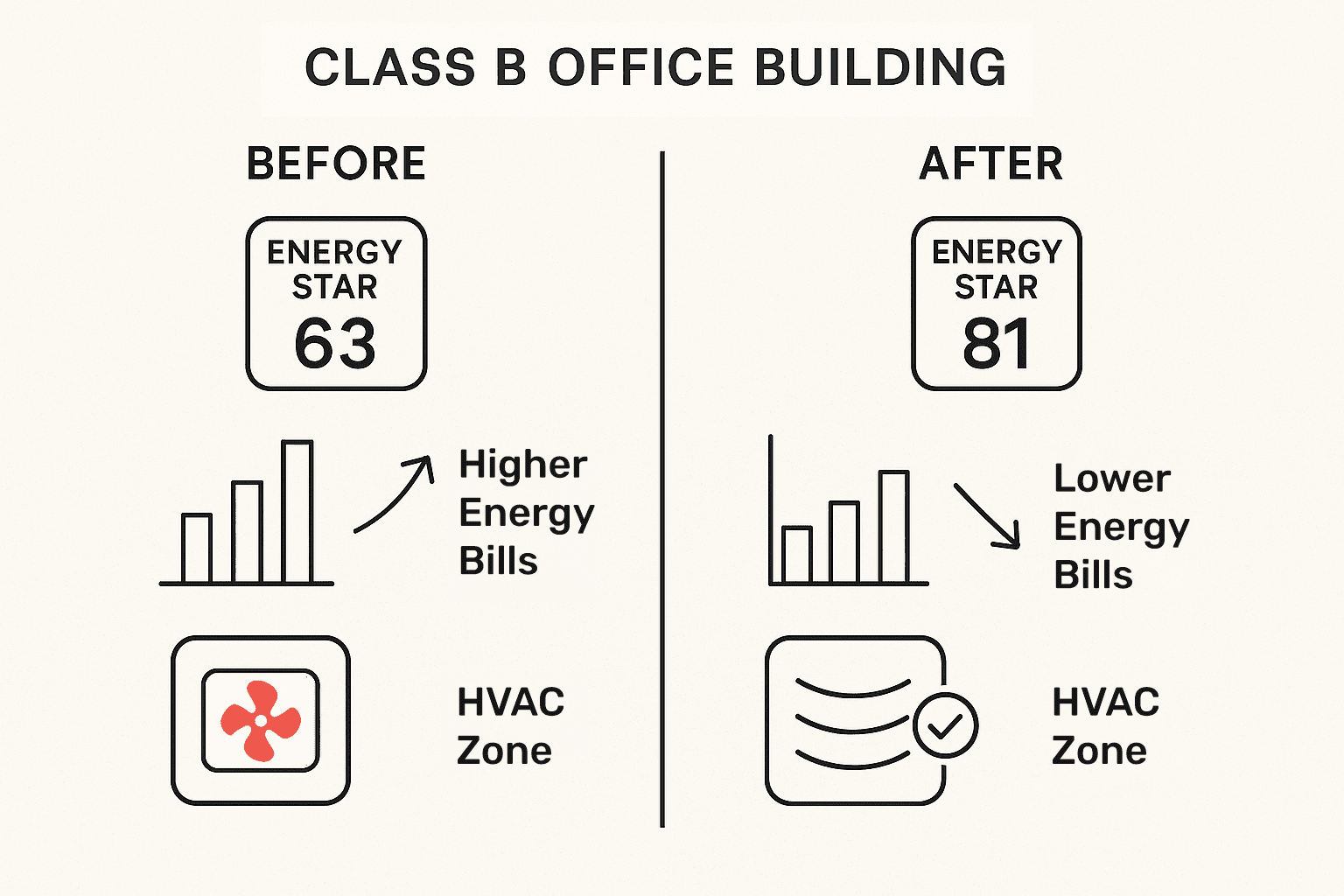
Think of benchmarking as the “check engine light.” It tells you something might be wrong, but not how to fix it.
Audits, on the other hand, open the hood and give you the repair manual.
| Requirement | Description | Due |
| Benchmarking | Annual reporting of energy use | Ongoing |
| Performance Audit | ASHRAE Level II or equivalent | 2026 |
| Tune-Up Implementation | Based on audit findings (if required) | After audit |
If you’ve already benchmarked, your next step is planning your performance audit.
Your Next Step: Schedule a San Jose Audit Consultation
We’re already helping San Jose owners plan for 2026, don’t miss your window.
If you’re wondering whether your building needs an audit, or how to start planning one, now’s the time to act.
️Use the instant audit pricing tool. It helps you get audit-ready before it’s urgent, with no-obligations, in just 90 seconds.
